BREAKING: USPS slashes address verification to 60 addresses/hour. What now?

How the Red Cross uses address data consolidation to save lives
Products used
US Address Verification
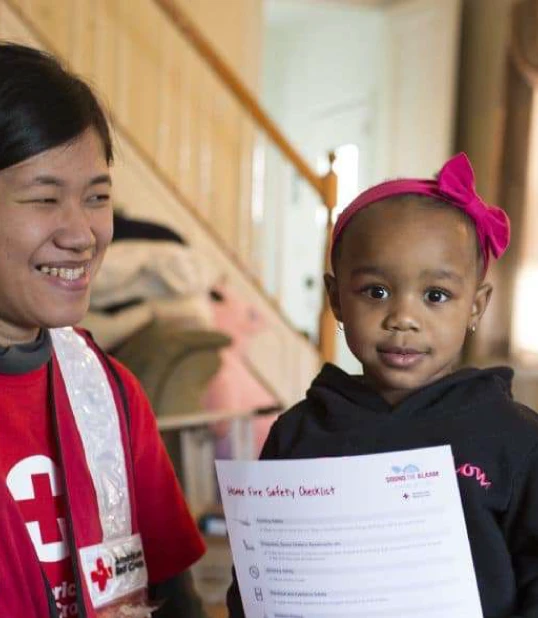
The client: The American Red Cross
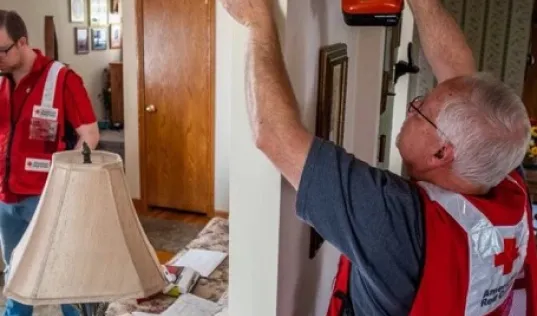
When you think about the American Red Cross, you probably think about blood drives. However, the American Red Cross also provides safety training and disaster relief services, including responding to home fires. When the Red Cross responds to an emergency, their team of volunteers works to ensure people can have clean water, safe shelter, and hot meals when they need them most. Annually, the American Red Cross responds to more than 60,000 disasters a year, and most of those are home fires.
According to research done by the National Fire Protection Association, home fires cause an annual average of 2,620 civilian deaths; 11,070 civilian fire injuries; and $7.3 billion in direct property damage.
To combat those high numbers, The American Red Cross launched their Home Fire Campaign in October of 2014. Their goal was to reduce national deaths and injuries related to home fires by 25%.
The initial plan outlined a five-year campaign aiming to install—for free—2.5 million smoke alarms in 1 million homes in high risk communities. A standout feature of this program is the care and attention paid to those with disabilities who need different accommodations than a standard smoke alarm. For example, there are adaptive alarms for those with hearing disabilities that sync with a standard smoke alarm—a bed shaking device, a strobe light, etc.
In addition to testing and installing smoke alarms, the Red Cross does a basic home inspection for fire hazards and helps individuals and families create a home escape plan in case of a fire.
Due to its success and importance, the campaign is becoming a permanent Red Cross program. It’s offered in all 50 states and all US territories.
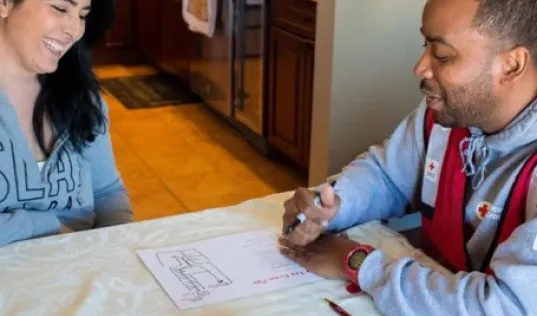
The challenge: Accurate address data to allocate resources
Running a program like this on a national scale poses many challenges: Having enough volunteers, getting accurate data from national statistics, and using that data to correctly predict areas of high risk for preventive visits. Prior to the launch of the Home Fire Campaign, the Red Cross operated several boots-on-the-ground strategies around fire preparedness, including canvassing neighborhoods with information on testing smoke alarms and other fire safety tips. They also partnered locally with a few fire departments to help facilitate smoke detector installation events in some cities.
However, they saw a clear need to increase the reach of their fire prevention services. The agency was responding to more home fires (nearly 60,000 per year) than any other type of disaster—tornado, hurricane, etc. They wanted to identify where they could make the biggest impact and decided upon creating a more targeted home fire prevention program. But first, they needed to fill in some data gaps.
The U.S. Fire Administration collects data from fire departments around the country on an annual basis. It’s not a required activity in every location, but is strongly encouraged by the federal government, resulting in about a 70% report rate. The paperwork for reporting fire incidents is lengthy and passes through many different hands before getting compiled annually after which it’s made available to organizations like the Red Cross. Because the data is coming from multiple different fire departments and disparate sources, the address elements aren’t standardized, nor are they always valid.
Because the data is coming from multiple different fire departments and sources, the addresses aren’t standardized, nor are they always accurate.

The solution: Address data consolidation and cleansing by Smarty
Using Smarty US Address Verification, the Red Cross team was able to clean up, consolidate and standardize all of the mailing addresses in the collected range of sources. They uploaded addresses in bulk for verification and used the latitude/longitude information to geocode and create accurate maps. With an accurate database of address information in hand, the Red Cross partnered with DataKind, a non-profit data science group based out of the Washington, D.C. area to create a home fire risk map and predictive models.
First, they used large volumes of data on previous fire incidents and Census variables to estimate which areas were likely to have both high fire risk and a low likelihood of having working smoke alarms. They’re continuing to work with DataKind to build and refine their models to reliably predict home fire risk. Because Smarty US Address Verification cleanses and validates address data, including second-level addresses like building units, the Red Cross can drill down to tighter neighborhoods where the predictive models say the risk is the highest.
A key differentiator of the campaign is the American Red Cross’s ability to track how many lives have been saved as a direct result of the home fire campaign. Using the standardization tools from Smarty, they can compare datasets to make accurate address matches between homes they’ve visited as part of their prevention measures and homes on the national data reports. Then, teams of volunteers go to the physical locations and interview responding fire departments, the local Red Cross teams that responded, and the clients served after the fire to find out all the factors involved, including whether it was the Red Cross smoke alarms that alerted them and if they used the home escape plan created with the Red Cross.
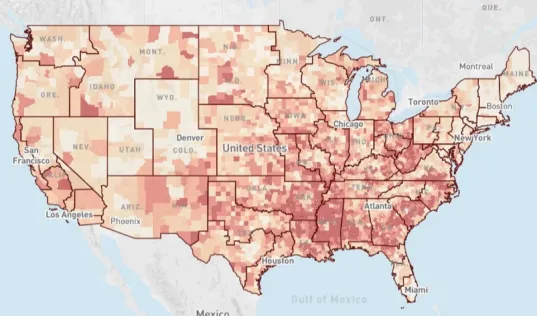
The Red Cross Home Fire Risk Map built in partnership with DataKind DC.
The results: Lives saved & quantified with consolidated data
Through this post-fire response investigative processes, the Red Cross has been able to document 1,189 lives saved as of November 2021! Given the quality of data collected by the Red Cross and its partners, they are one of the few organizations that has been able to document community risk reduction (and lives saved) at this scale.
Because they have clean address data management, they can also compare actual fire incident data against addresses of those who participated in their program versus those who didn’t participate. In a recent study, the difference in fire rates, fatalities, and injuries between program participants and non-participants was significant.
"The Smarty tool has been fundamental in helping us clean the data and build our models,” said Jake Janecek, Red Cross Project Manager. “Being able to reliably understand where the fires are actually occurring and where we’re delivering our services is huge for us." The American Red Cross has been using Smarty tools for about 4-5 years.
"Everyone I’ve dealt with at Smarty has been super supportive and helpful," said Janecek. "I’ve never experienced any issues with the tools and they seem to be getting better all the time. The address verification really does make an impact. We’re able to get to the communities we serve because we have good addresses."
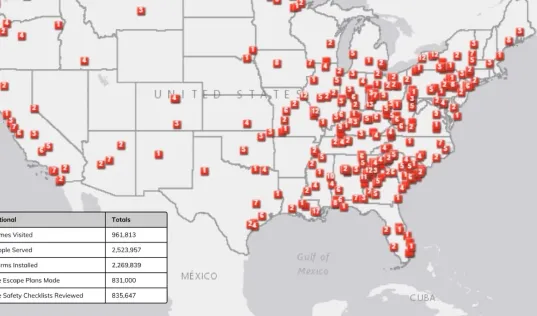
The Smarty tool has been fundamental in helping us clean the data and build our models…I’ve never experienced any issues with the tools and they seem to be getting better all the time. The address verification really does make an impact. We’re able to get to the communities we serve because we have good addresses.

More success stories
See how organizations around the world are benefiting from our services

How Lake County Improved Voter Systems
Better Address Data Aids Bill and Ballot Deliverability

Need for Home Care Service Address Accuracy
Kibage Provides In-Home Care to the Right Apartment Units with Smarty

Last Mile Delivery Requires Best Street Addresses
Autocomplete Address Parsing Aids in Last Mile Delivery